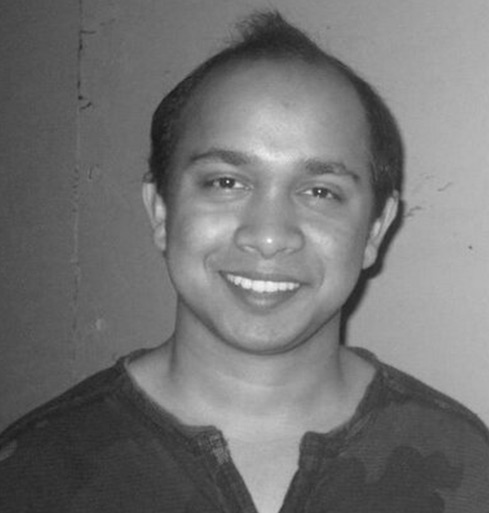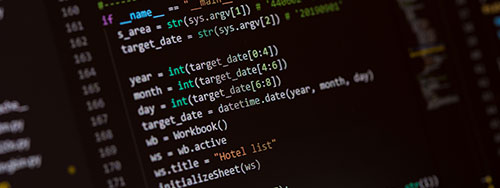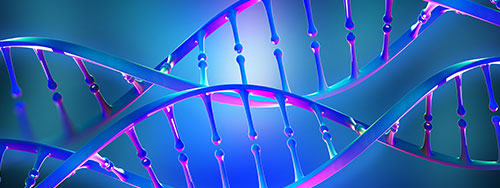
Razib Obaid, PhD
Dr. Razib Obaid is currently the Project Scientist at the Linac Coherent Light Source at the Stanford University's SLAC National Accelerator Laboratory. Previously, he was a Postdoctoral Fellow at the Radiological Research Accelerator Facility at the Columbia University. Through his work, he studies the physics of ultrafast light-matter interaction, and how it is applied to understand the world around us and advance our knowledge to the next step. Currently, his work utilizes the state-of-the-art X-ray free electron laser to study electronic transitions that happens at a record-breaking timescale of attoseconds, which is one quintillionth of a second. For context, an attosecond is to a second what a second is to about 31.71 billion years. This is where quantum mechanics governs every aspect of the study. He has previously worked on ultrahigh dose rate radiation modality called FLASH at Columbia University. FLASH radiation is considered the next frontier of radiation therapy with minimal radiation damage to the healthy cells, while allowing maximum exposure to tumor cells for their destruction. He likes to communicate science to middle school and high school students, and has mentored high school students, undergraduate and graduate students in their scientific projects.
“I would like to thank Eduexplora for giving me the opportunity to participate in this program. I have done, learned and experienced things I never thought I would. It was an amazing experience, and I am so thankful for being able to participate.”
Enzo DeSá - Peru













